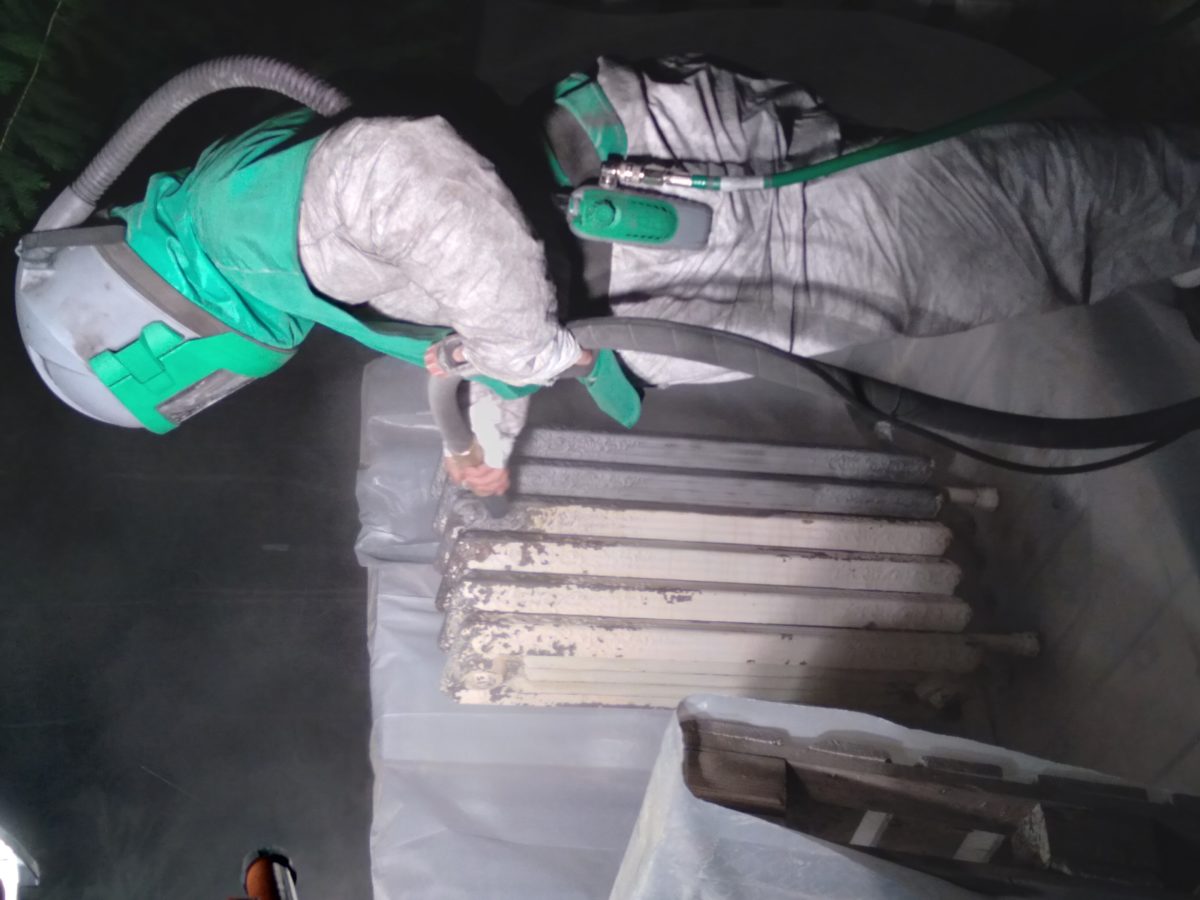
Is Media Blasting Different Than Sandblasting?
Is Media Blasting Different Than Sandblasting?
Robyn Young ©2021
You may have heard the term media blasting and wondered if it was different than sandblasting. Media blasting and sandblasting are the same thing.
Sandblasting, which of course uses sand to remove coatings from any number of surfaces, was the industry standard since its invention in 1870 by American Soldier and Inventor Benjamin Chew Tilghman. Initially, sandblasting was used to sharpen files, etch bottles or bring out the grain in wood.
However, as with all innovation also comes education and eventually, regulation. It was discovered that sandblasting, which has always been a high velocity dry process, created an environment that was hazardous to workers. This became especially true when sandblasting became the preferred method for large projects like cleaning ship’s hulls, refurbishing buildings or cleaning the interiors of industrial equipment. Anyone within the blasting area was unknowingly ingesting fine crystalline silica particles, which are ejected into the atmosphere during the process. This unfortunate biohazard was responsible for untold cases of Silicosis, a fibrotic condition of the lungs, causing difficult breathing and even death.
In 1974 NIOSH (the National Institute for Occupational Safety and Health) recommended that silica sand or other substances containing more that 1% crystalline silica be prohibited as an abrasive blasting material.
Today the process is known as Media Blasting because there are many different types of abrasive media available to tackle a variety of surfaces, none of which contain silica. While there is no hard and fast rule as to which media to use on which surface, media blasters can choose between crushed glass, soda, garnet, coal slag, walnut shells, corn cob and plastic, to name a few. Sand is rarely used.
Media blasters will still wear protective gear when blasting in areas where ventilation is a problem because the blasting process by default creates microscopic particles in the air.
The Dustless Blasting® process introduces water to the media, helping to greatly diminish the disbursement of these particles. While there are applications where water aids in the blasting process, such as preventing warping on certain metal substrates or helping to break hard coatings down to a brittle state, it is most commonly used in locations where a dust plume from dry blasting is problematic, such as dense neighborhoods.
Classic Blasting, LLC uses both the wet and dry blasting techniques where applicable, wears protective gear when necessary and always recommends bystanders distance themselves from any media residual byproduct.





No Comments
Sorry, the comment form is closed at this time.